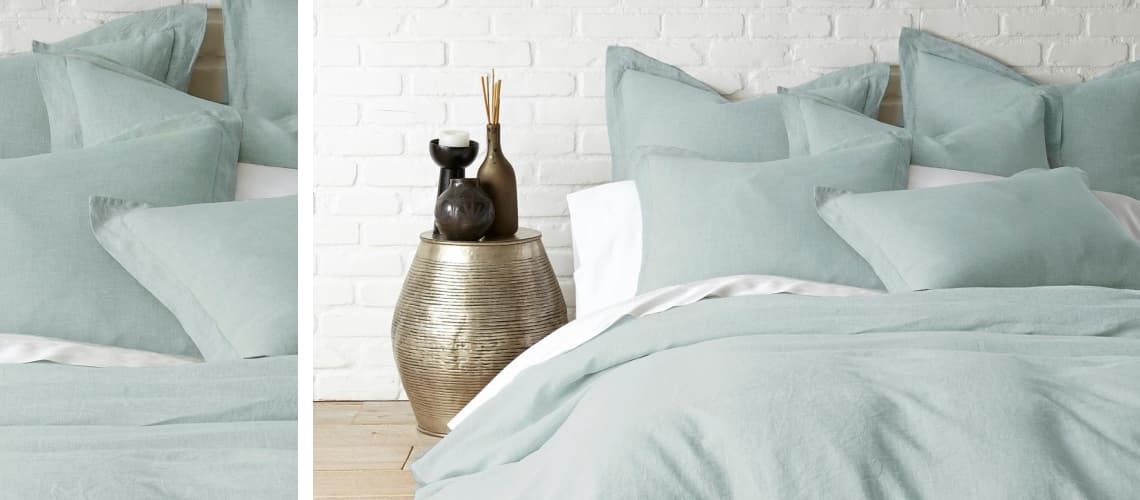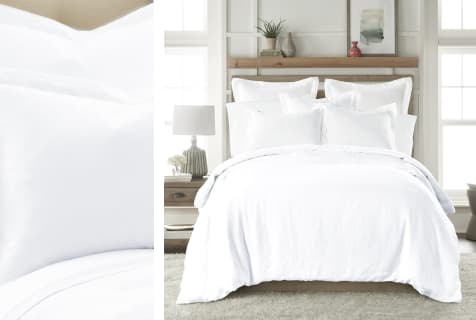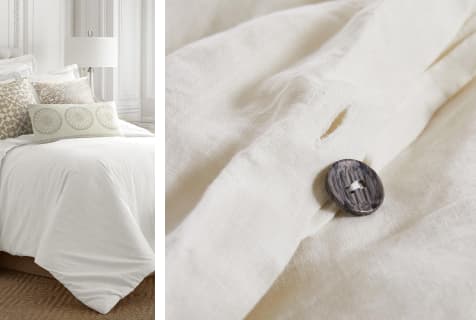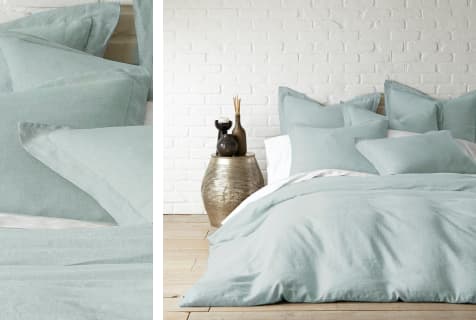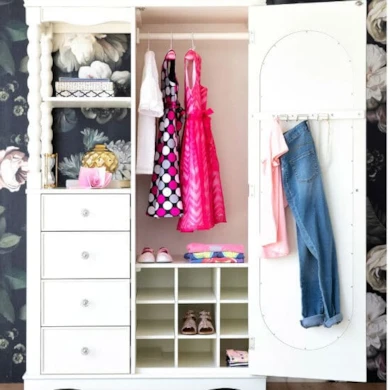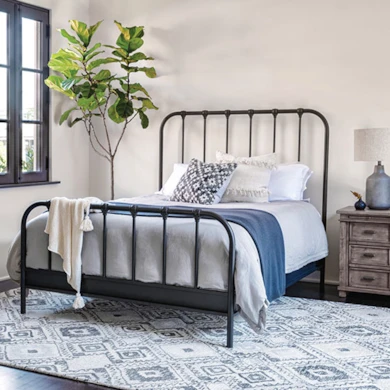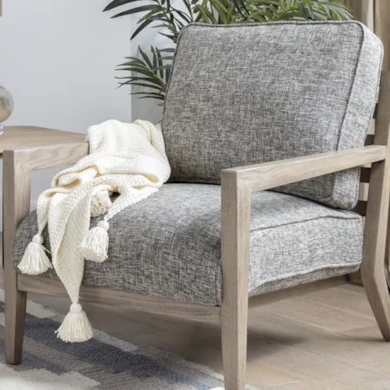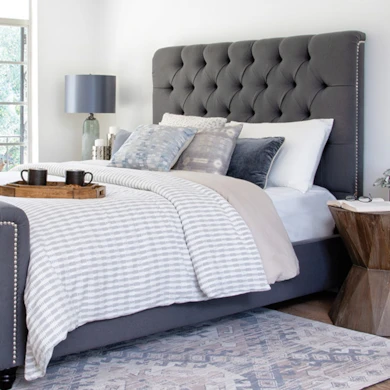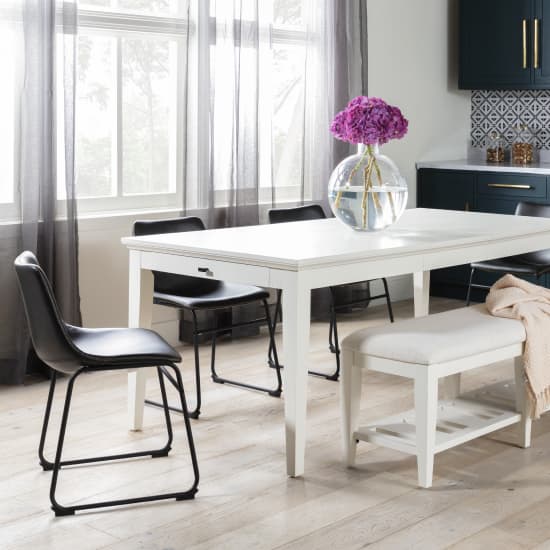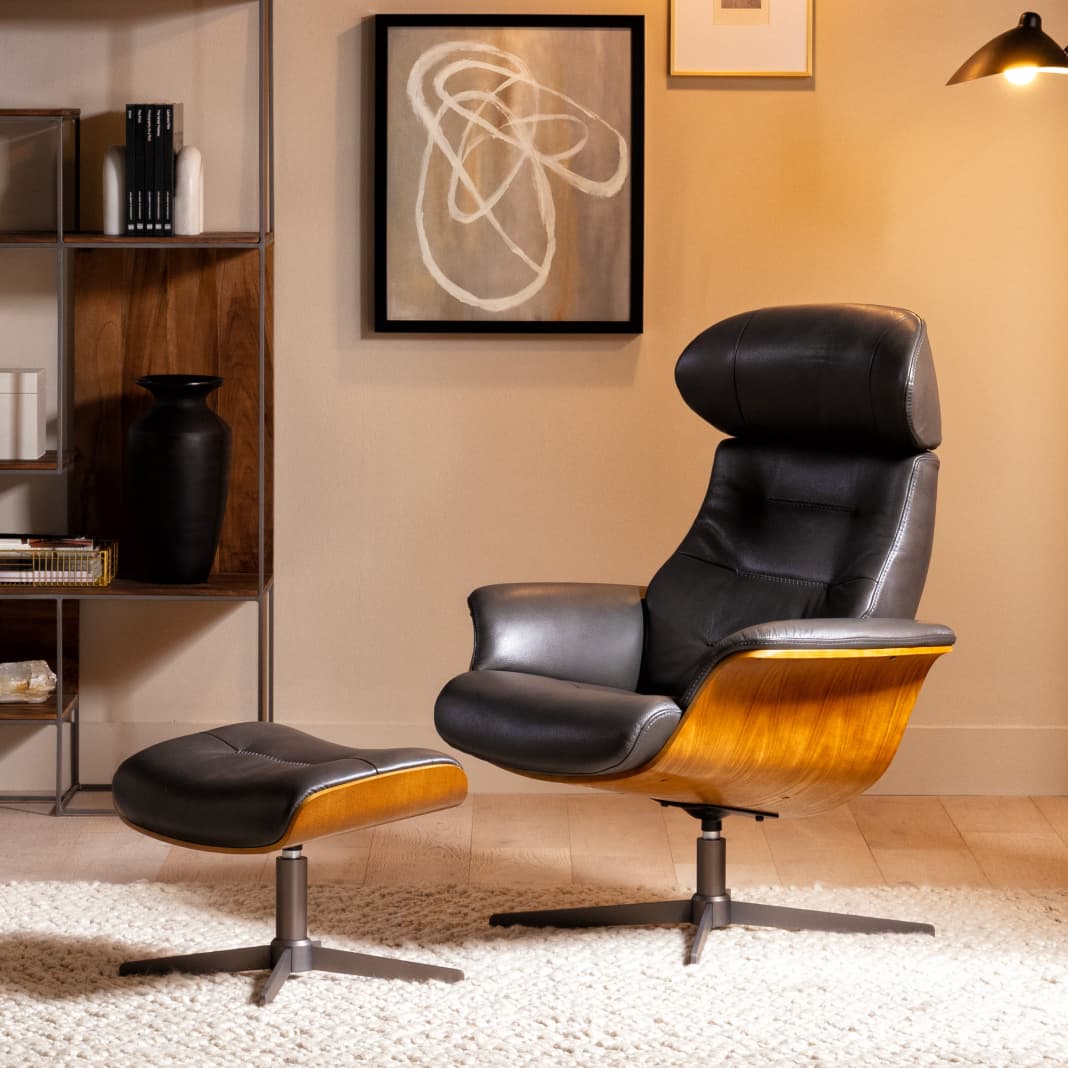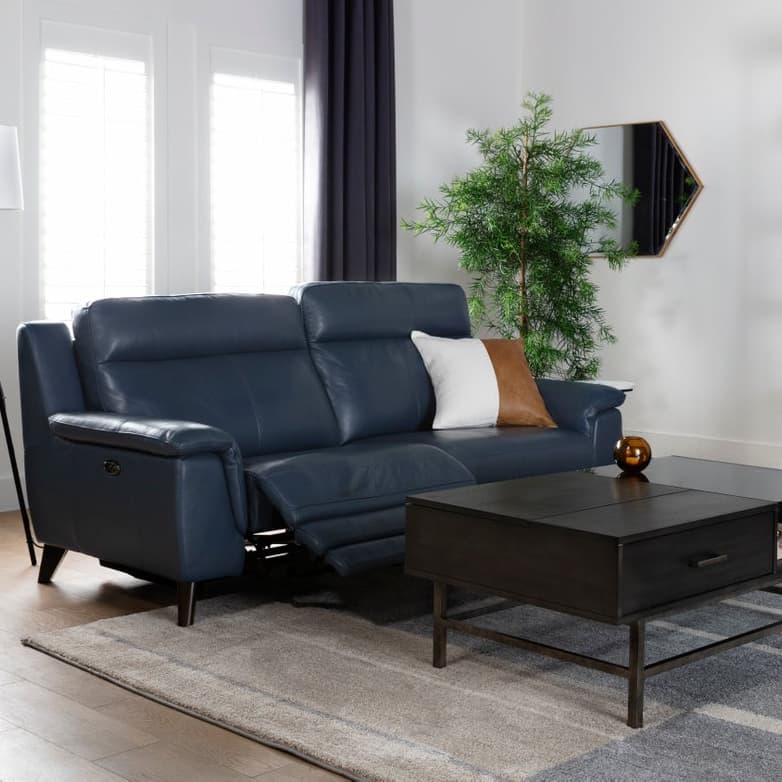How to Put on a Duvet Cover in One Simple Process
How to Use a Duvet Cover
1. Turn the duvet cover so that its open end is at the foot of the bed.
2. Place the comforter or duvet on top of the duvet cover.
3. Starting at the head of the bed, use the burritom method roll technique: roll both the comforter and the duvet together, towards the foot of the bed.
4. Once you’ve reached the end of the roll, fold the open end of the duvet cover around the duvet and the comforter.
5. Zip up the cover over the whole thing.
6. Start unrolling the duvet and comforter at the bottom of the bed towards the head of the bed.
And you're done! Enjoy your newly-made bed.
Why Use a Duvet Cover, Anyway?
If you’re like most people, you throw a comforter on a bed and call it “made.” If you want to go the extra mile, though, we can’t recommend duvet covers enough. Designed to keep you warm, comfortable and your bedroom stylish, a duvet cover is the “it” piece you never knew you needed. Here’s the full list of reasons why we recommend a duvet cover:
Reason #1: A duvet cover keeps your comforter clean. When you sleep, your body oils naturally rub off onto the sheets and blanket – which is why regular washing is essential. Of course, washing a huge comforter regularly is not always practical; the solution is the duvet cover, which acts as a barrier between you and your comforter as you sleep.
Reason #2: A duvet cover adds visual interest. Most comforter manufacturers purposely make their comforters plain – since they are intended to be covered up by a duvet cover. If yours is a solid white or neutral, a cover that’s patterned, colorful, and generally more aesthetically-pleasing (and there are many available!) will add visual interest to a bedroom’s style.
Reason #3: A duvet cover makes washing easy. Since the actual comforter isn’t coming into contact with your body when you sleep at night, there’s no real reason to wash it regularly. (A bed-sized comforter isn’t exactly the easiest thing in the world to wash.) If you use a duvet cover, all you’ll have to do is wash the cover on laundry day – way easier than an entire comforter! (Washing a cover vs. the actual duvet will also save you money on laundry detergent and heavier laundry cycles.) One indirect benefit of this is that it encourages regular washing – keeping you healthier in the long run!
Reason #4: Duvet covers are secure. When you’re using a duvet cover, you’re actually using a secure cover for your comforter – not some make-do solution that’ll end up getting twisted with your comforter by the end of the night. Most covers have zip closure; others have corner ties or button securements.
Reason #5: It’s an investment. A duvet cover isn’t an investment in and of itself, but an investment in the comforter. Think of it as “blanket insurance.”
Reason #6: Duvet covers make changing up your home decor easy. Let’s be real: What you like now stylistically may not be true in two years’ time. Instead of having to keep replacing an expensive duvet every time your tastes change, why not just replace the cover? A cheap cover makes it easy to refresh your bedroom more often than you would be able to with a comforter alone.
Reason #7: It’s versatile. Finally, consider the fact that duvet covers don’t have to be used for duvets – they can be used all by themselves! When the weather gets hot and a thick comforter is just too much to deal with, sleeping with a light cover is a perfect alternative.— More Great Articles —
Bedding Finishings
Read the Latest
Editorial Disclaimer: Articles featuring tips and advice are intended for educational purposes and only as general recommendations. Always practice personal discretion when using and caring for furniture, decor and related items.
